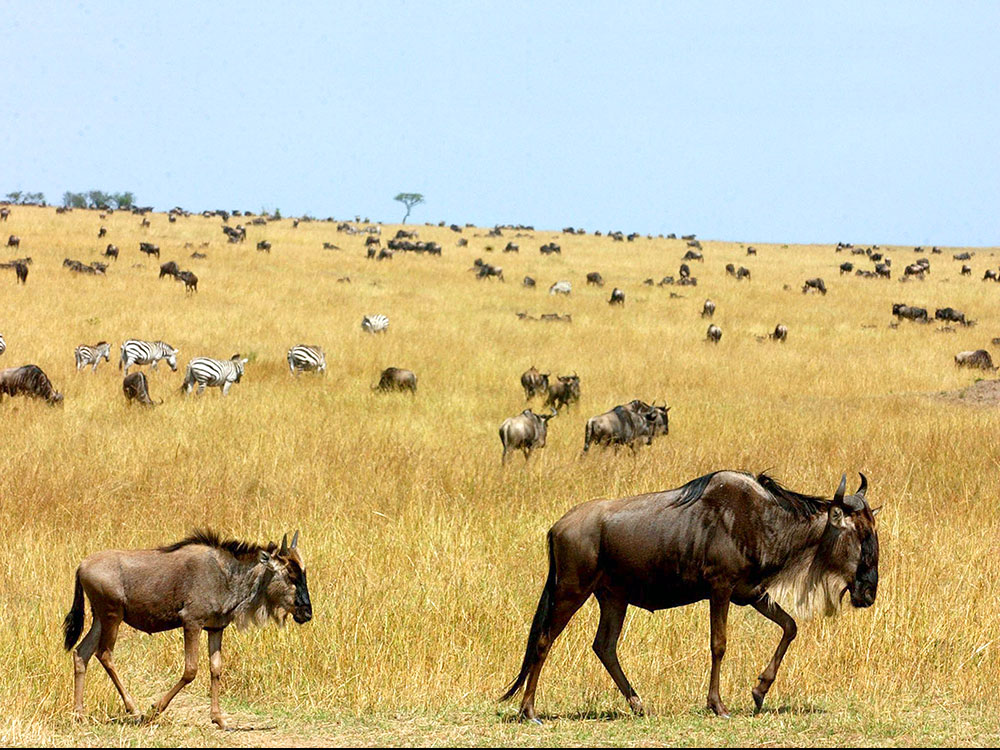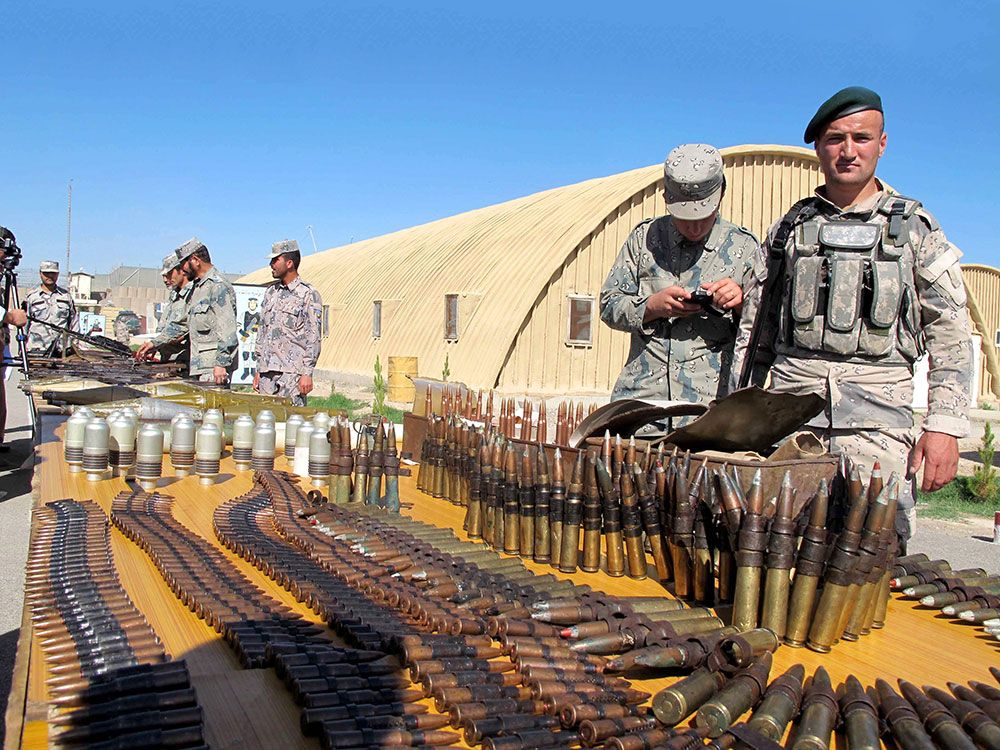If nature and natural resources were measures of economic wealth, the Philippines would be one of the Earth’s richest countries. Its ecosystems provide the essentials of life to millions of people – from seafood and game animals, to fodder, fuel wood, timber, and pharmaceutical products. They play a major role in economies and are an important social safety net for the rural poor.
“It is the poor, with limited assets and greater dependence on common property resources, who suffer most when biodiversity is lost,” says the Manila-based Asian Development Bank. Biodiversity is the buzzword for biological diversity – the ecosystems, species, and genes that together constitute the living world. “Biodiversity is complex beyond our understanding, and valuable beyond our ability to measure,” explains John C. Ryan, author of “Life Support: Conserving Biological Diversity.”
The Philippines is among the world’s seventeen “megadiversity” countries which, together, account for some 60-70% of total global biodiversity. What is alarming is that the country is also included in the list of biodiversity “hotspots” – threatened areas with very high levels of biodiversity. “Second only to Brazil” is how the Philippines is described as it has one of the highest rates of wildlife endemism in the world. Its estimated two million species include 8,000 flowering plants, 395 birds, 180 mammals, and 293 reptiles and amphibians. The diversity of its fauna is second only to those found in Madagascar.
Mount Makiling in Laguna alone has been found to have a higher species diversity than the whole of North America. In 1997, the late award-winning zoologist Dioscoro Rabor reported at least 50 species of mammals, 120 bird species, six species of amphibians, 19 types of reptiles and several varieties of fish inhabiting the Mount Makiling Forest Reserve. The Philippines has among the highest rates of discovery in the world with sixteen new species of mammals discovered in the last ten years. Because of this, environmentalists believe that the rate of endemism for the Philippines is likely to rise.
Endangered hotspot
However, conservationists fear that, without immediate intervention, the Philippines hotspot is on the brink of an extinction crisis. In fact, the International Union for the Conservation of Nature and Natural Resources (IUCN) has identified the Philippines as “one of the most endangered of the world’s biodiversity hotspots.” “Widespread destruction and conversion of natural habitats, overexploitation, and pollution have led to rapid biodiversity loss,” said a World Bank report.
Natural habitats refer to forests, which are believed to shelter more than half of the country’s life forms. Recent estimates put the forest cover at around 5.4 million hectares. Only about 800,000 hectares are considered primary forest. Logging, both legal and illegal, continues to pose a threat to the Philippines’ forests, the World Bank report stated. Other imminent threats to Philippine forests include mining and land conversion. In 1997, regions where mining activities took place covered one-quarter of the country and included more than half of the remaining primary forest. All primary forests have been declared part of the National Integrated Protected Areas System (NIPAS) for biodiversity conservation and environmental protection since 1992. The NIPAS includes 281 protected areas covering 2.7 million hectares, or 9% of the country’s total land area of 30 million hectares.
Due to the aforementioned threats, environmentalists are not surprised to know that the number of endangered species increased from 212 in 1990 to 284 in 1998. Trade in 30 species is prohibited under Appendix I of the Convention on International Trade in Endangered Species (CITES) and trade in another 109 species is strictly regulated under Appendix II. The Department of Environment and Natural Resources (DENR) admitted that more than half of the native fauna in the country face the threat of extinction. Of the 1,137 bird, mammal and amphibian species endemic to the country, 592 are considered “threatened or endangered” by the IUCN Red List, along with 227 endemic species of flowering plants.
Threatened coral reefs
More species are fast disappearing. The Philippine eagle, the second-largest eagle in the world and found in Davao and other parts of Mindanao, is on the verge of extinction. These birds breed only in primary lowland rain forest. “Once the habitat is destroyed, then the inhabitants vanish as well,” Rodolfo Caberoy, curator of the Zoology Division of the National Museum, once commented. The tamaraw, a dwarf water buffalo that lives only in Mindoro, may join the (extinct) dodo soon. So with the endemic freshwater crocodile, the most threatened crocodilian in the world. In 1982, wild populations totaled only 500-1,000 individuals; by 1995, a mere 100 crocodiles remained in natural habitats.
Deforestation doesn’t happen only in the uplands and lowlands but also down under. Coral reefs, the oldest and richest communities of plants and animals, are likewise facing the same problem. They are touted to be the rain forests of the sea. The Philippines has one of the largest areas of coral reefs in the world, about 27,000 square kilometers within a 15- to 30-meter depth. They are habitats for rare species, including some 488 species of corals, 971 species of benthic algae, and 2,000 species of fish.
But coral reefs are disappearing alarmingly fast. Among the top ten coral reef hotspots in the world, the Philippines ranks number one. The World Atlas of Coral Reefs reported that 97% of reefs in the country are under threat from destructive fishing techniques, including cyanide poisoning, overfishing, or from deforestation and urbanization that result in harmful sediment spilling into the sea.
Pure self-interest
In 2007, Reef Check – an international organization assessing the health of reefs in 82 countries – stated that only five percent of the country’s coral reefs are in “excellent condition.” These are the Tubbataha Reef Marine Park in Palawan, Apo Island in Negros Oriental, Apo Reef in Puerto Galera, Mindoro, and Verde Island Passage off Batangas.
The words of Dr. Lee Talbot, who used to head the Southeast Asia Project on Wildlife Conservation for Nature and Natural Resources, come to mind: “A few decades ago, the wildlife of the Philippines was notable for its abundance; now, it is notable for its variety; if present trend of destruction continues, Philippine wildlife will be notable for its absence.”
Why should disappearing plants and animals concern us? “To biologists, and to many others, the question hardly needs asking: a species is the unique and irreplaceable product of millions of years of evolution, a thing of value for scientific study, for its beauty, and for itself,” explained Ryan in his book. “For many people, however, a more compelling reason to conserve biological diversity is likely pure self-interest. Like every species, ours is intimately dependent on others for its well-being.”










